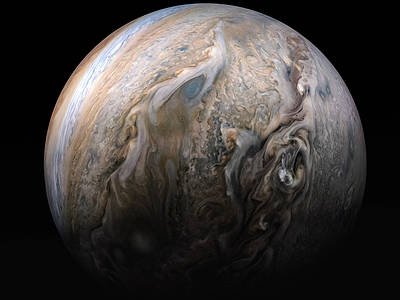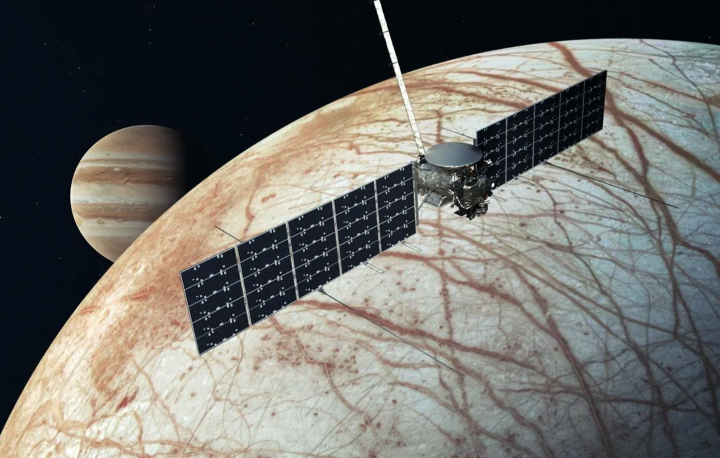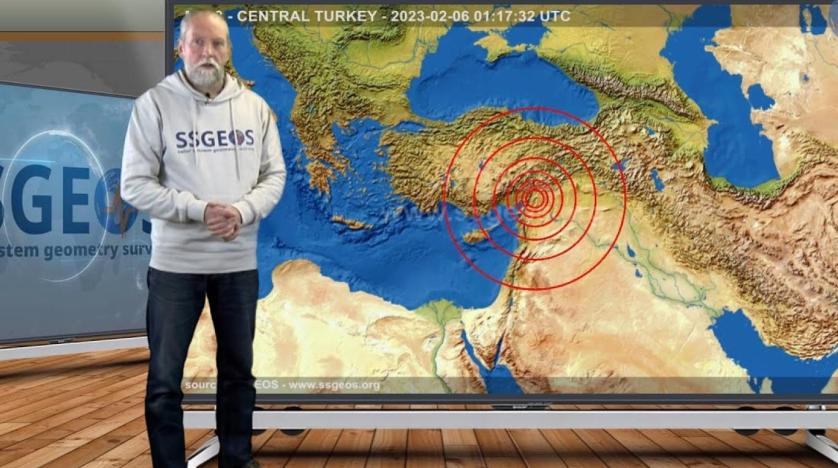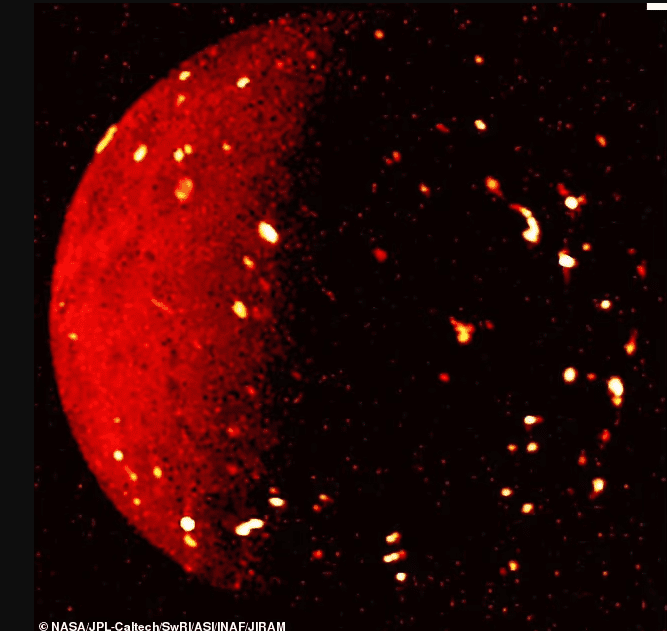Jupiter is composed almost entirely of hydrogen and helium. But it also contains heavier elements. According to a new study, Jupiter’s metal content and distribution means that the planet destroyed a lot of rocky planetesimals in its youth.

Since NASA’s Juno spacecraft arrived at Jupiter in July 2016 and began collecting detailed data, it has been changing our understanding of Jupiter’s formation and evolution. One of the mission’s features is the Gravitational Science instrument. It sends radio signals between Juno and the Deep Space Network on Earth.
This instrument measures Jupiter’s gravitational field and gives researchers more information about the planet’s composition. When Jupiter formed, it started by collecting rocky material. This was followed by a period of rapid accretion of gas from solar nebulae, and millions of years later Jupiter became the giant it is today.
But there is an important question about the initial period of rocky accretion. Did it accumulate larger masses of rock, like the planetesimals? Or did it accumulate pebble-sized material? Jupiter formed on different timescales depending on the answer. A new study has emerged to answer this question. The lead author is Yamila Miguel, assistant professor of astrophysics at Leiden Observatory and the Netherlands Institute for Space Research.
Thanks to the Juno spacecraft’s JunoCam, we are getting used to spectacular images of Jupiter. But what we see is a very limited area. All those fascinating images of clouds and storms are only the outermost 50 kilometers of the planet’s atmosphere. The key to Jupiter’s formation and evolution is buried deep in the planet’s atmosphere, tens of thousands of kilometers deep.

It is widely accepted that Jupiter is the oldest planet in the Solar System. But scientists want to know how long it took to form. The authors of the paper wanted to investigate metals in the planet’s atmosphere using Juno’s Gravitational Science experiment.
The presence and distribution of pebbles in the planet’s atmosphere plays a central role in understanding Jupiter’s formation, and the Gravitational Science experiment measured the distribution of pebbles throughout the atmosphere.
Before Juno and the Science of Gravity experiment, there was no precise data on Jupiter’s gravitational harmonics.
The researchers found that Jupiter’s atmosphere is not as homogeneous as previously thought.
With the data in hand, the team created models of Jupiter’s internal dynamics. “In this paper, we bring together the most comprehensive and diverse collection of Jupiter interior models to date and use it to study the distribution of heavy elements in the planet’s crust,” the team writes.
The team created two sets of models. The first set are 3-layer models and the second are models with dilute cores.
“There are two mechanisms for a gas giant like Jupiter to acquire metals during its formation: through the accretion of small pebbles or larger planets.”
The abundance of metals inside Jupiter decreases as you move away from the center. This means a lack of convection in the planet’s deep atmosphere, which scientists think exists.
“Previously, we thought that Jupiter had convection like boiling water, mixing it completely,” Miguel said. “But our finding shows differently.”

“We robustly show that heavy element abundances are not homogeneous in Jupiter’s envelope,” the authors write in their paper. “Our results imply that Jupiter continues to accumulate heavy elements in large amounts as its hydrogen-helium envelope grows, in contrast to predictions based on the pebble isolation mass in its simplest incarnation, favoring planet-based or more complex hybrid models.”
The authors also conclude that Jupiter did not mix with convection after it formed, even when it was still young and hot.
In Jupiter’s case, there was no way to determine its metallicity remotely. Only when Juno arrived were scientists able to measure metallicity indirectly. “Therefore, metallicities inferred from remote atmospheric observations on exoplanets may not be representative of the planet’s bulk metallicity.”
When the James Webb Space Telescope began its science operations, one of its missions was to measure exoplanet atmospheres and determine their composition. As this study shows, Webb’s data may not capture what is happening in the deeper layers of giant gas planets.
This article was published by Universe Today.





